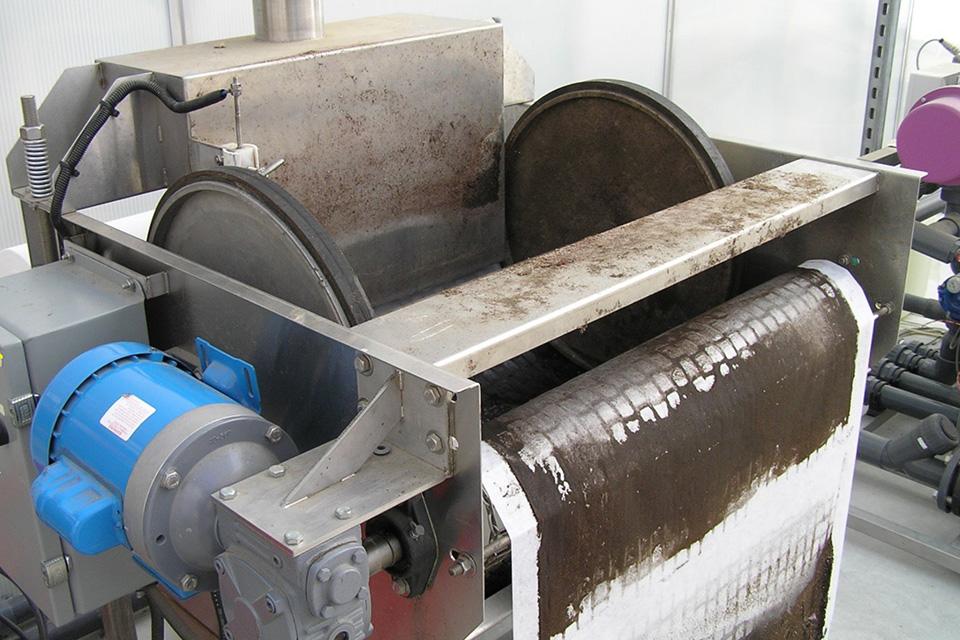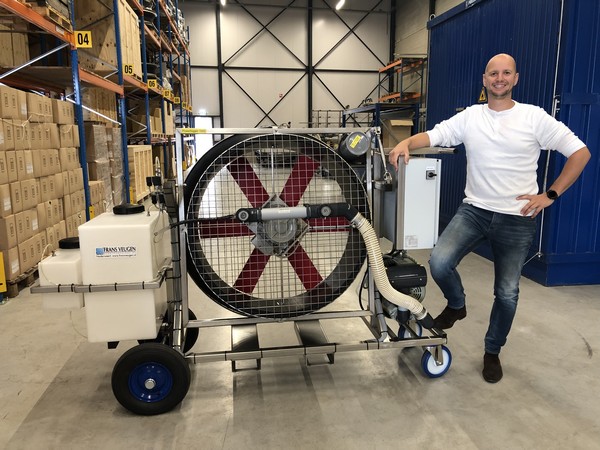Filters are an essential component of greenhouse irrigation systems. The main function of filters is to separate suspended or dissolved particles from the water. In irrigation, filters aim to remove particles that affect plant health or the efficiency and uniformity of water distribution.
While every irrigation system should have multiple stages and types of filters, it is important to select the correct filter. Growers should select filters based on the target problem, compatibility with established irrigation system, and filtration costs.
Target problems and filtration options
Here is a look at common water contaminants found in greenhouses and the filters recommended to remove those contaminants.
Organic particles include debris, algae, and pathogens. Most pathogens are extremely small (e.g., viral particles can be less than 1 μm and some fungal structures are slightly under 200 μm) and catching them with a filter would require an extremely small pore size, such as ultra-fine membrane filtration. However, membrane filtration is rarely used for this application because the capital investment and highly technical labor required are costly .

Researchers at the University of California and Michigan State University have tested slow and rapid sand filters for removal of Phytophthora sp. and Pythium sp. and observed good results. These filters remove pathogens, most likely by a combination of physical and biological mechanisms. Slow sand filters form a biofilm layer (known as schmutzdecke) that reduces or inhibits pathogens through physical barriers and biological control mechanisms. However, media filters can clog if the debris is too coarse (e.g., weeds). Therefore, a coarse pre-filter is recommended. Screen and media filters are effective in removing large organic debris and weeds; they come in a broad range of sizes and are relatively inexpensive.
Inorganic particles or debris include fine granular minerals such as sand, clay, and silt. These contaminants can be removed with paper, sock, screen, or disc filters. Sock filters remove suspended inorganic particles very well. However, they have a small surface area and hence clog easily. Sock filters are recommended as a final stage of filtration. Do not use membrane filtration to remove suspended inorganic particles or organic debris. These contaminants can physically damage the membranes.
Dissolved inorganics include any dissolved salts that are typically listed on your water analysis (for example: iron, carbonates, calcium, sodium, etc.). Membrane filtration is recommended to remove dissolved salts from water. Reverse osmosis will remove all ions except boron from the water. Iron and manganese can also be removed through a combination of oxidation (chlorine or permanganate), followed by filtration with charged filters (e.g., greensand).
Dissolved organics include agrochemicals and humic acids. Granular activated carbon filtration removes a vast amount of agrochemicals from water. Researchers at the University of Florida observed that granular activated carbon was effective at removing several chemicals, including insecticides (acephate, bifenthrin, chlorpyrifos, and imidacloprid), herbicides (glyphosate and triclopyr), plant growth regulators (flurprimidol, paclobutrazol, and uniconazole), and water sanitizers (quaternary ammonium chloride, sodium hypochlorite, and peroxygen). Granular activated carbon filters are recommended when using any water source or irrigation system that has agricultural residues — catchment ponds, recirculated water, or sub-irrigation systems.
Important considerations about filtration in greenhouse irrigation systems
Install multiple stages of filtration — from coarse to fine — to avoid clogging of the system and to increase the efficacy of removing particles. Also, consider the cost. For example, metal screen filters are low in cost and can be used to remove coarse particles. Fiber filters (paper or sock) are a bit more expensive than screen filters, and they are typically used as a last filtration stage. Always filter your water very well before using membrane filters; not doing so will damage the expensive membranes.
Maintain the filters. Clean the filters frequently to avoid clogging or tearing the filters. Choose filters with automatic backwash when filtering organic and inorganic debris.












